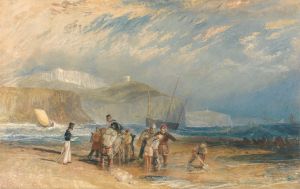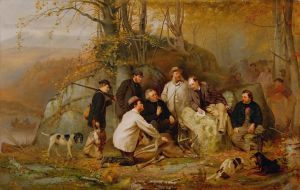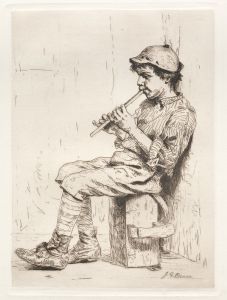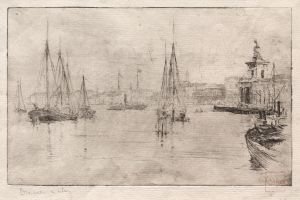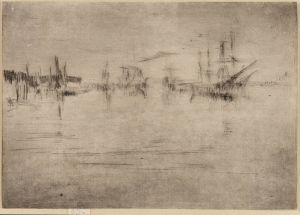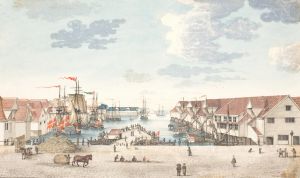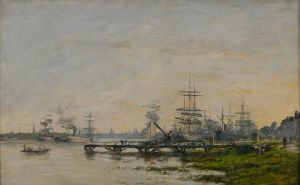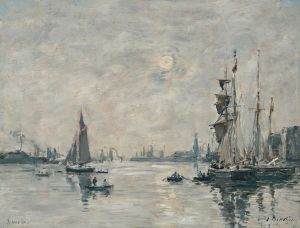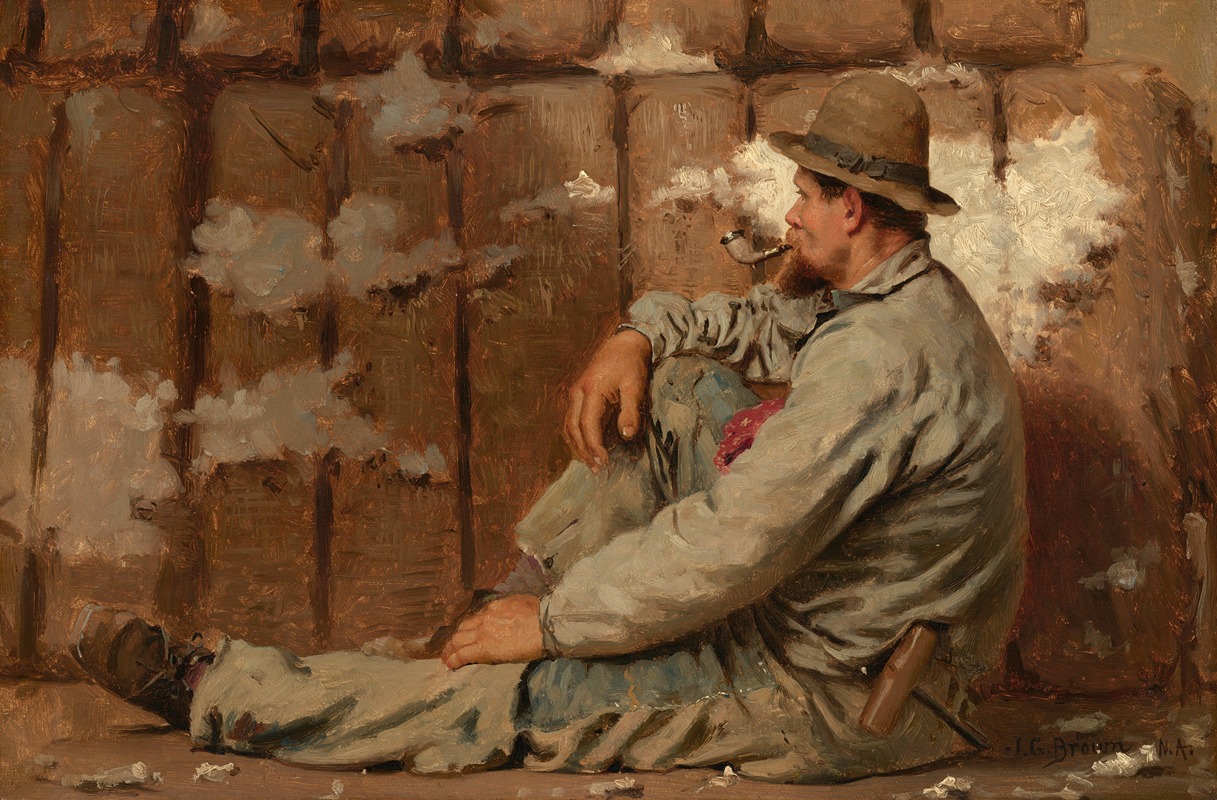
A Longshoreman
A hand-painted replica of John George Brown’s masterpiece A Longshoreman, meticulously crafted by professional artists to capture the true essence of the original. Each piece is created with museum-quality canvas and rare mineral pigments, carefully painted by experienced artists with delicate brushstrokes and rich, layered colors to perfectly recreate the texture of the original artwork. Unlike machine-printed reproductions, this hand-painted version brings the painting to life, infused with the artist’s emotions and skill in every stroke. Whether for personal collection or home decoration, it instantly elevates the artistic atmosphere of any space.
John George Brown was a British-born American artist known for his genre paintings depicting everyday life in the United States during the late 19th and early 20th centuries. One of his notable works is "A Longshoreman," which exemplifies his focus on the working class and his ability to capture the essence of American life during this period.
John George Brown was born on November 11, 1831, in Durham, England. He immigrated to the United States in 1853, settling in Brooklyn, New York. Brown initially worked as a glass cutter but pursued his passion for art by studying at the National Academy of Design in New York City. He became a prominent figure in the American art scene, particularly known for his depictions of street urchins and working-class individuals.
"A Longshoreman" is a painting that reflects Brown's interest in the lives of laborers and the working class. Longshoremen were dock workers responsible for loading and unloading ships, a physically demanding and often dangerous job. Brown's portrayal of a longshoreman highlights his commitment to realism and his ability to convey the dignity and resilience of his subjects.
The painting is characterized by Brown's meticulous attention to detail and his skillful use of color and light. He often employed a warm color palette and soft lighting to create a sense of intimacy and empathy for his subjects. Brown's work is noted for its narrative quality, often telling a story or capturing a moment in the lives of his subjects.
Brown's paintings, including "A Longshoreman," were well-received during his lifetime. He became one of the most successful genre painters in America, with his works being exhibited widely and collected by art enthusiasts. His ability to depict the everyday lives of ordinary people resonated with audiences and contributed to his popularity.
Throughout his career, Brown was associated with the National Academy of Design, where he served as a member and later as a vice president. His contributions to American art were significant, and he played a role in shaping the genre painting tradition in the United States.
John George Brown passed away on February 8, 1913, leaving behind a legacy of artworks that continue to be appreciated for their historical and cultural significance. "A Longshoreman" remains an important example of his work, showcasing his talent for capturing the spirit of American life and the individuals who contributed to its development.
While specific details about the painting "A Longshoreman" such as its creation date or current location may not be readily available, it stands as a testament to Brown's artistic vision and his dedication to portraying the human experience with authenticity and compassion.





